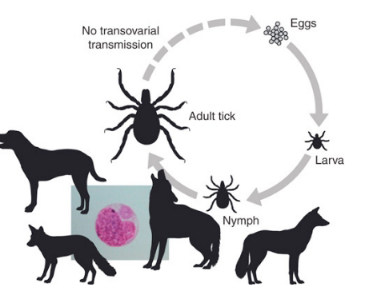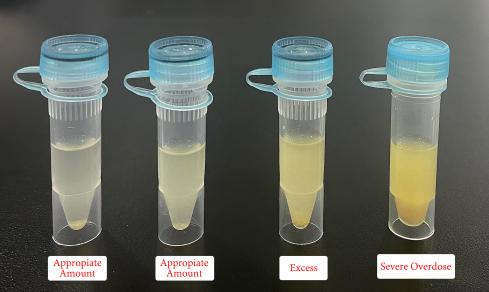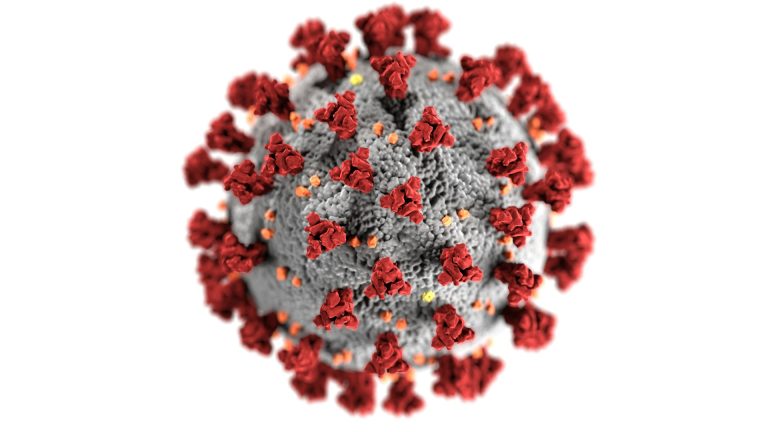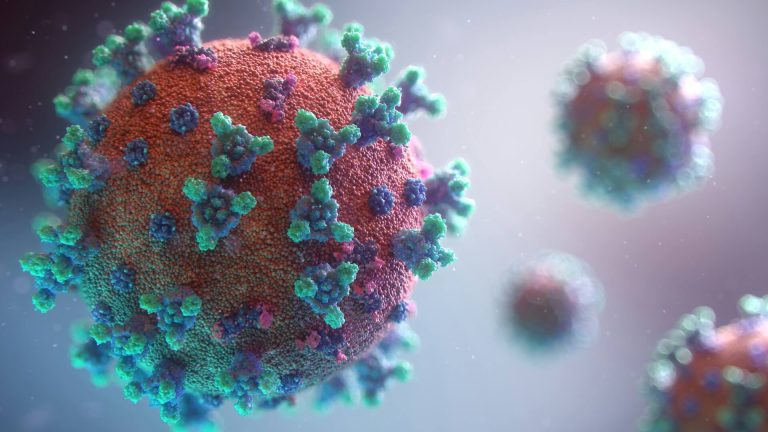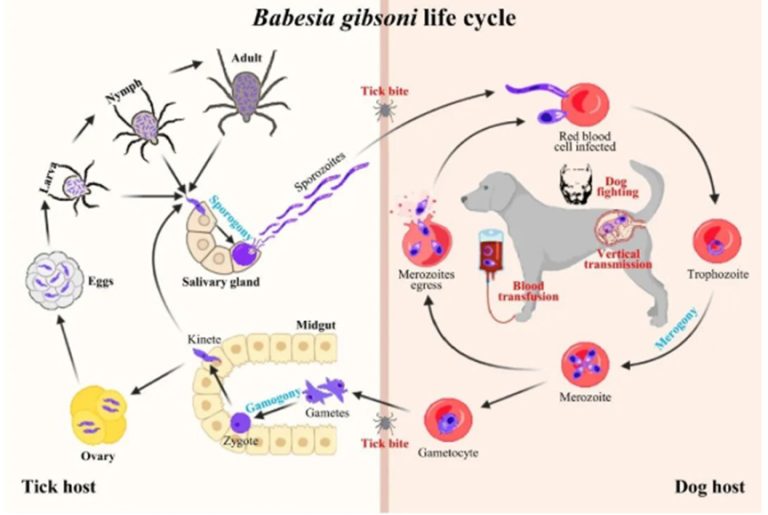Rickettsia rickettsii, another tick-borne human and pet disease
Canine and feline rickettsial diseases are a group of diseases caused by microbial infections of the genus Rickettsia, which pose a significant threat to the health of pets and, in some types, a potential risk of human-pet co-infection. In recent years, with the popularization of pet ownership and the development of veterinary medicine, Rickettsia infections…




